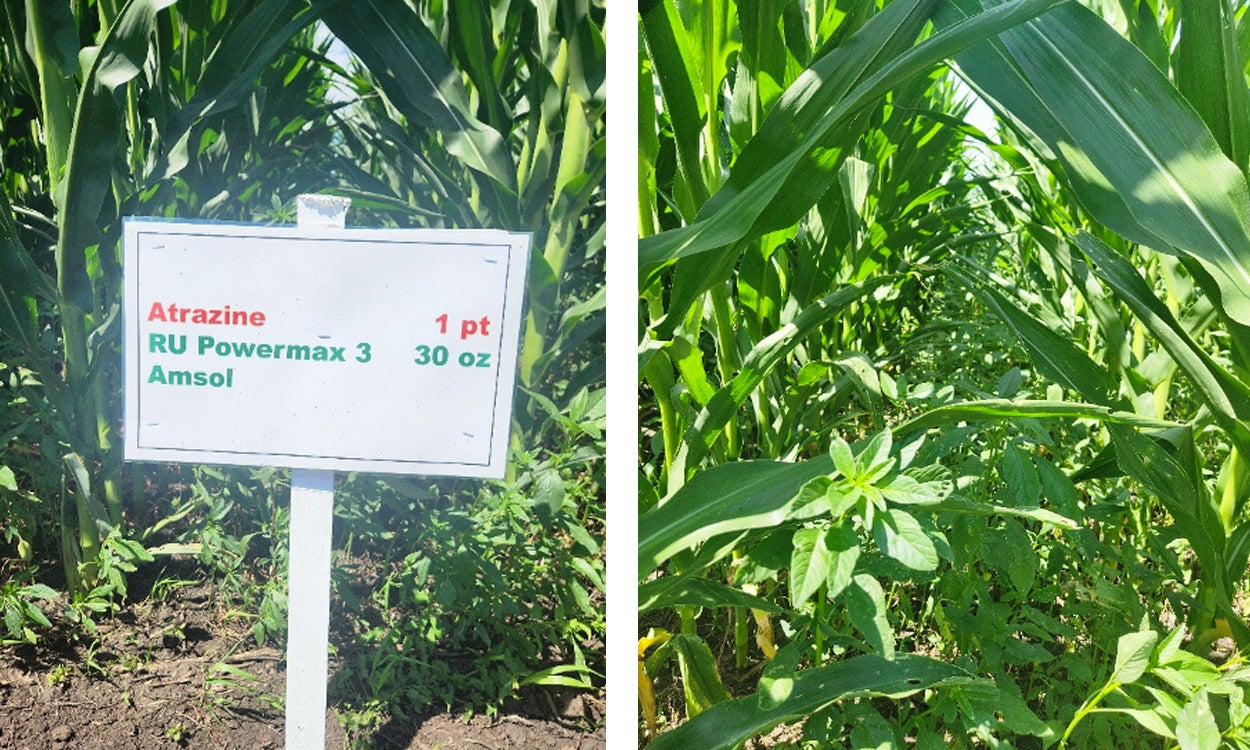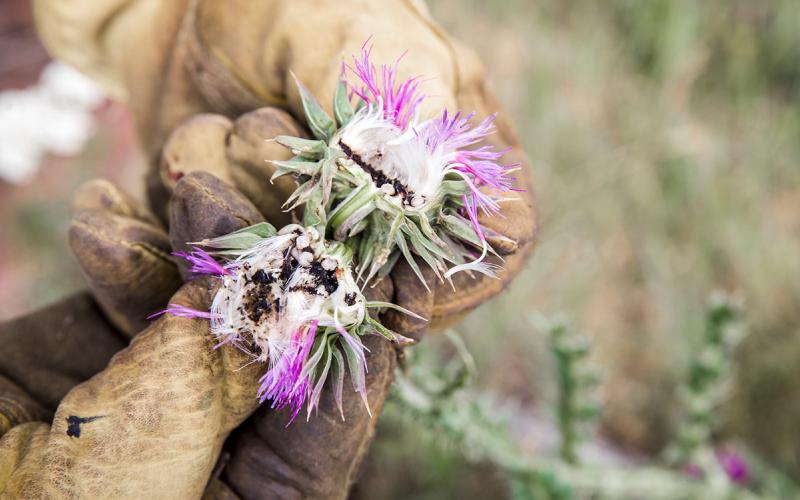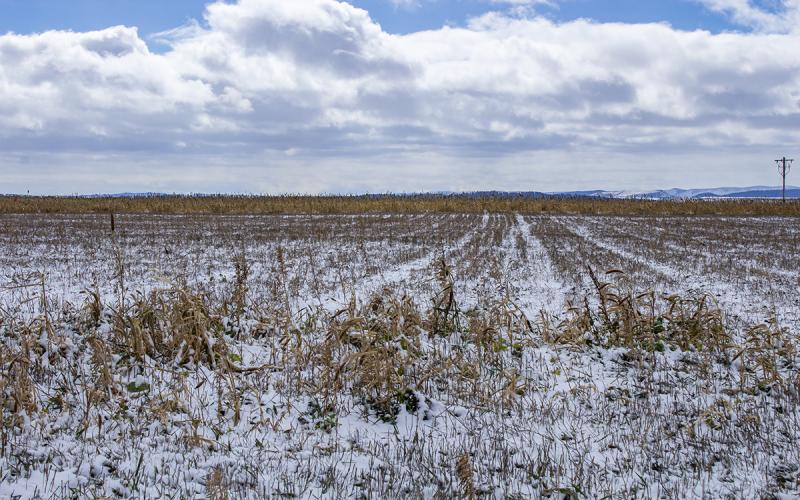Written collaboratively by Eric Jones, Philip Rozeboom, Jill Alms, and David Vos.
The cost of agricultural inputs are high, while commodity prices are low. As of July 15, 2025, corn is $4.00 per bushel and soybean is $10.00 per bushel. Weed management is a production practice that will have to be implemented every year. Managing weeds is important to keep the yield potential high for the crops to ensure the maximum profitability. While managing weeds is inevitable and will be beneficial to protecting crop yield, herbicide programs can be very expensive. Many herbicide programs range from $50 to over $100 per acre in both corn and soybean. In addition, many of these programs include multiple active ingredients in both the pre- and postemergence application. While selecting an inexpensive program with only one active ingredient in each application may be tempting due to the current agricultural economy, the result will likely be a more expensive problem in the future.
Investigating Simple Herbicide Programs
Figures 1 and 2 illustrate an inexpensive and simple herbicide program in corn and soybean. Both herbicide programs contain only a single active ingredient in the pre- and postemergence application. A rough estimate of the cost of these programs (of just the herbicides; application and labor costs excluded) are approximately $16 to $20 per acre. All weeds besides waterhemp (glyphosate [Roundup]-resistant) were effectively managed in these treated plots (Figures 1 and 2). The surviving waterhemp will likely decrease yield in both crops and produce copious amounts of seed to be managed in future growing seasons.
Corn Observations

Soybean Observations

The herbicides used in this example are not singling out certain active ingredients, but rather demonstrating that the use of single active ingredients will not result in effective weed management; even the most expensive single active ingredient herbicide will not yield satisfactory results. Utilizing multiple herbicides in an application (albeit more expensive) pays for itself by increasing the spectrum of control (i.e., controlling large-seeded broadleaves and grasses), increasing the effectiveness (i.e., 60% control with one herbicide to 95% with multiple herbicides) and reducing selection pressure on herbicide-resistant weeds.
Designing Effective Management Tactics
While multiple herbicides are recommended in each application, these programs still have the potential to be too expensive to “pencil out”. Herbicide programs should be tailored to the weed species present in each individual field. Some fields may need a need more intensive herbicide program to manage many weed species compared with a field that only has common lambsquarters and giant foxtail. While many herbicide programs are applied across the entire farm, other inputs such as crop variety and fertilizer are tailored to each field. Why shouldn’t weed management be approached in a similar manner? Refer to the most-recent South Dakota Pest Management Guides for extensive list of herbicides labeled in South Dakota Row crops to determine the most appropriate herbicides for the weed species present across your farm.
While herbicides are the main tactic used to manage weeds, using tactics outside of the herbicide nozzle can increase the effectiveness of an herbicide program. Use crop rotation, row spacing, hand weeding, or fall grazing to help manage weeds and reduce seed production. Farming is not getting any less expensive but creating a robust weed management plan to keep potential yield high and weed prevalence low can help increase the bottom dollar.


